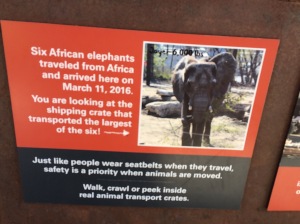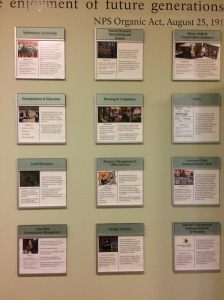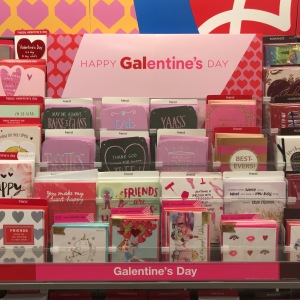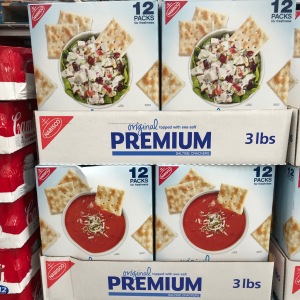We both arrived at our final destination at the same time, but her route had much more stimulation and engagement. There are many more sensory treats to explore on the sidelines vs. the sidewalks, and she took full advantage of the opportunities.
I think about the parallels for the workplace. Often senior members stay on the sidewalks and follow the traditional path. Unfortunately, they expect junior colleagues to do the same. Newer employees are like puppies that want to have the freedom to get to the finish line in their own way. They want autonomy and latitude to reach the same goal.
It is impossible to make a puppy stay on the straight and narrow course, just as it is fruitless to mandate that all employees follow narrowly-defined parameters. Let up on the leash and see what treasures your “puppies” can find for your organization.

Also see leadership dot #293: reflections from 1999 for a related concept































